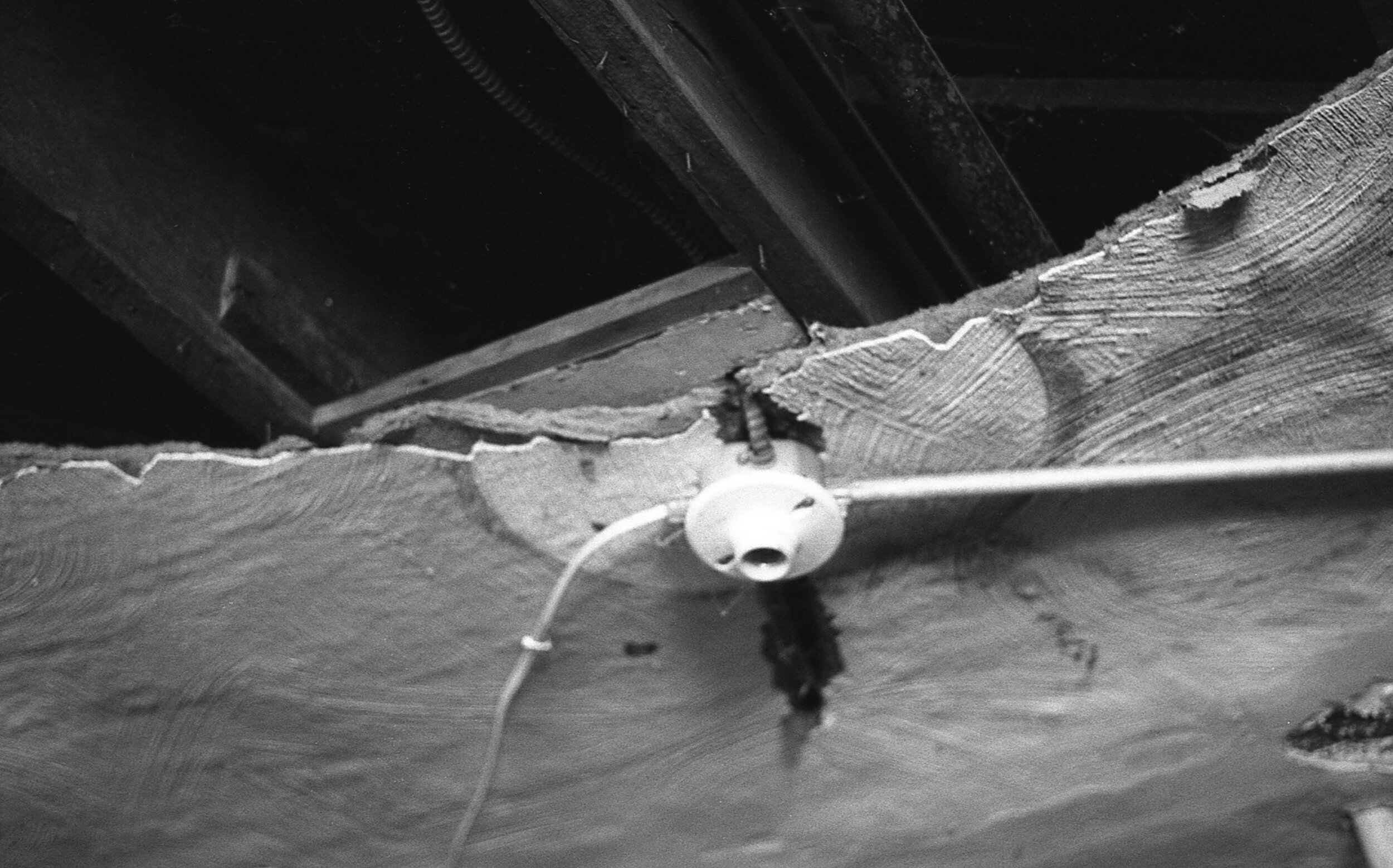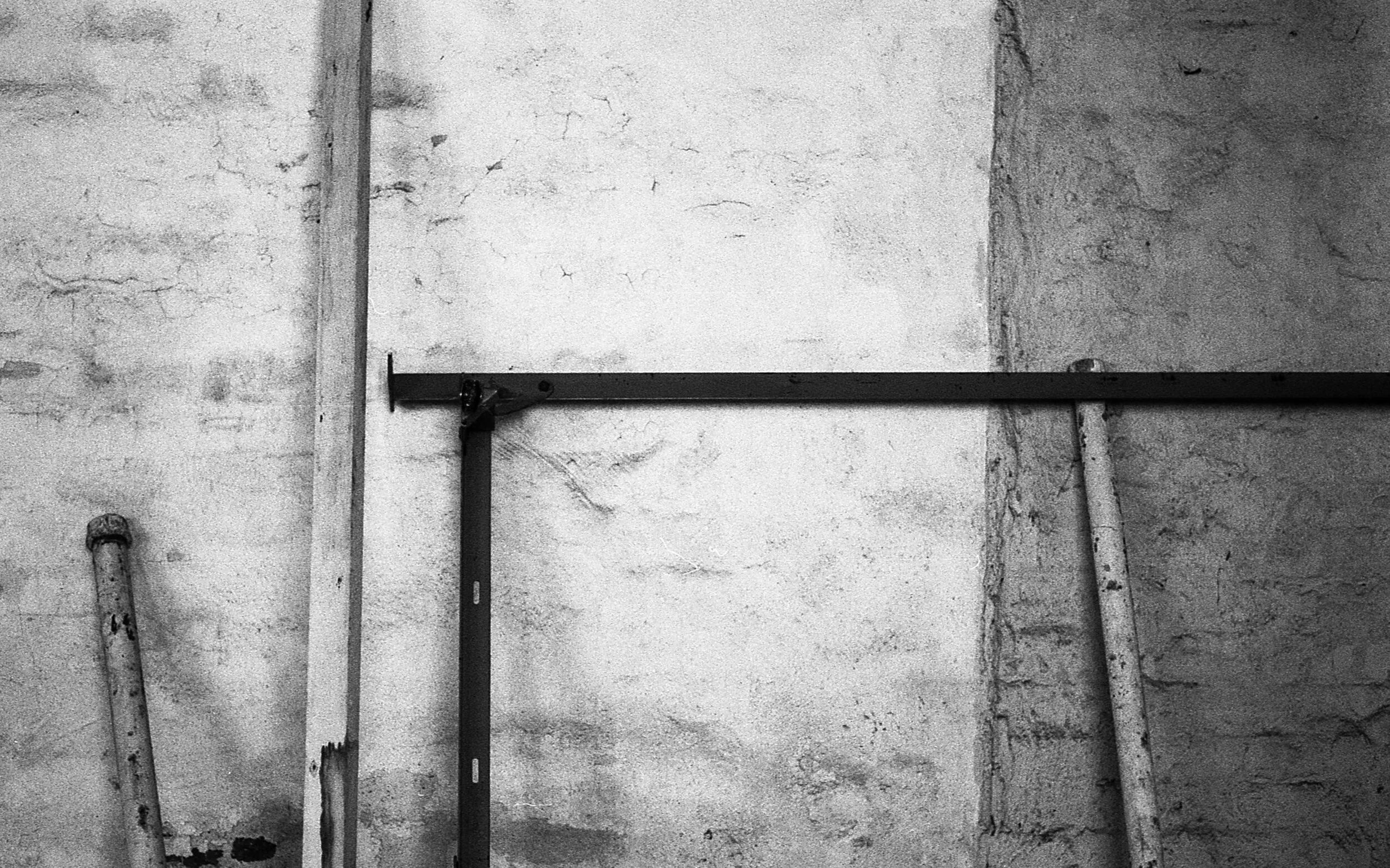August 12th 2020
Zeiss Ikon Contaflex Super
(Original Model From 1959)
In the mid to late 1930s, the SLR scene was heating up with the Ihagee Kine Exakta being the first 35mm SLR to the market. Many other companies were doing their research during that time as well but held off on production for several years because of World War II. Once again in the late 1950s, the SLR scene was hopping with a handful of German SLRs coming out. In 1953 the first in the long and successful line of Contaflex cameras debuted. Using the same lenses as the Contaflex III and IV, along with adding updated features like a winding lever and a coupled meter; the 1959 Contaflex Super was a healthy improvement over the previous handful of Contaflex cameras before it.
The Super Contaflex
The main controls of the Contaflex Super
Built extremely rugged and chalking up to be quite a heavy camera, the Super variant of the Zeiss Ikon Contaflex line was a significant departure from the previous numbered models. Taking the same lenses as the Contaflex III and IV, the Super added a coupled selenium meter, rapid wind lever, and the love it or hate it coupled aperture and shutter speed dials. It has to be noted that there are two versions of the Contaflex Super, known as Old and New. The old model is the version I will be talking about here.
Looking head on to this camera, there is no mistaking that it has an aura of style and quality. The dominant colors are silver and black here, there are very few other colors to distract you. Fit and finish on the Contaflex Super is incredible. Nothing feels cheap or less than the best of what Zeiss Ikon was capable of. A great feeling in the hand and a fair bit heavy but not too overbearing. This makes for a solid camera that feels great, looks great, and is in a fairly compact package.
Aperture/ASA dial, and PC sync
The controls can look a little intimidating at first, but the Contaflex Super was intended as a simpler version of the previous models. Everything focuses around the selenium meter, prominently featured above the lens. You are able to see the simple meter on top of the camera or through the viewfinder, but not instantly. Once you wind the camera, you can see through the viewfinder. When SLR cameras were still relatively new, you had the choice between a leaf shutter SLR or a focal plane shutter SLR. Both have advantages and disadvantages, but early leaf shutter SLR cameras did not have an instant mirror return. Once wound you can see the split prism focusing and meter reflected onto the cameras right hand side. It’s a match needle type of meter, no real markings but simple and effective.
From the top of the camera, you have quite the heavy duty rewind crank on the left, which doubles as a film type reminder. To the right is the meter display, meant for you to meter a scene without committing to winding. On top of the prism is a standard cold shoe and to the right is the combination winding lever, frame counter, and shutter release thread for an optional cable. Something to note is the non standard frame counter. It does not automatically reset, you have to set it yourself by turning it the direction of the arrow. Most importantly it counts down; the red diamonds are the starting points for a roll of 20 exposure film and 36. If using a 24 exposure roll, I would start at around 28. The back has nothing of note on it besides a very nice embossed Zeiss Ikon logo in the center of the leather.
The removable back and takeup spool
Looking at the front of the camera, on the right hand side, there is a round dial. This dial serves as the setting for the film ASA on the inner dial and adjusting the aperture with the outer dial. When turned you can see the aperture markings moving independently on the barrel of the lens. However, the shutter speed is coupled to the aperture, doing an EV (exposure value) like system where when you go for a slower shutter speed the aperture would close a stop, and vise versa. A handy system for simplifying exposure, but finicky when you’re rushed to take a shot. Behind the shutter speed and aperture on the barrel is the depth of field markings and the focus scale. On the underside of the lens, you have a switch that changes between X and M sync and a V self timer. You can find a somewhat hidden PC port on the right side of the lens barrel, close to the body.
The cameras back is completely removable and interchangeable with a multitude of other film backs produced for the Contaflex line. You must twist the rings toward each other to release the back, and it slides down and off. On the inside of the film compartment, you can see that the takeup spool is also removable, in case you wanted to wind into another cartridge. Another oddity is how you rewind the camera. On the left ring latch, you need to line it up with the R engraved on the bottom, and then the camera can be rewound. Very unconventional but great for making no mistakes of pressing a rewind button. Nothing but a standard tripod socket to finish off the bottom, notably separate from the removable door, firmly set on the camera body.
The bottom film door locks, and rewind R indicator
Lastly is the lens or more appropriate lenses. The red dot on a tab below the lens is what you press to release the lens, turning counter clockwise. It’s a very easy system and simple to change out the lens. Just be sure that you know the lenses speed. All the additional lenses are slower, so make sure you're not shooting at f/2.8 on a f/4 lens. There is an adjusted scale on the lenses as well, for additional help with focus. With four standard lenses (35, 50, 85, and 115) plus two specialty lenses, this fully rounds out the very competent Contaflex system.
THE SPECS AND FEATURES
The flash sync selector and self timer
Shutter Speeds - Bulb, 1 second to 1/500th of a second
Aperture - dependent on lens, f/2.8 min to f/22
Meter Type - coupled, selenium cell, compensated for temperature variations, visible in viewfinder or on top of camera
Shutter - Syncro-Compur, metal leaf shutter
ASA - 6 to 1600
Lens - front element interchangeable bayonet mount, infinity to 2.5 foot focus length
Zeiss Tessar 50mm f/2.8 [STANDARD]
Pro-Tessar 35mm f/4
Pro-Tessar 85mm f/4
Pro-Tessar 115mm f/4
Pro-Tessar M 1:1 [Macro]
Steritar-B with separator [Stereo adapter]
Close Up Steritar-B with filter trap [Macro]
Flash Option - cold shoe, PC port, X and M sync on all speeds
Batteries - none needed
Film Type - 35mm
Other Features - rapid lever wind, 8 sec timer delay, removable film take up spool, removable back (magazines available), film speed reminder dial, film counter, tripod socket
The Experience
Zeiss Ikon logo on the back leather
The Contaflex super is a tricky camera to use. On one hand, it’s solid and seemingly built like a tank, and on the other hand, it can be finicky to use. My Contaflex came in amazing condition and worked great right off the gate, but I still had minor issues with it. The viewfinder was particularly dusty, but nothing that would really impair viewing. I’m somewhat positive that it may just be my camera, but the shutter release keeps catching on something unless I press down in a particular way. Another issue I encountered was with hand rolled cartridges. The back of the Contaflex Super is removed by twisting the two levers on the bottom of the camera, which means there is less room for vertical variance on a 35mm cassette. It seems to be cut just right to keep a standard cassette snug, so when I attempted to use a plastic KALT cartridge, it was so tight that I ripped the film. Sometimes with rolls of 36 exposure film, it would start overlapping frames toward the end of the roll as well. Not too much of an issue, easily fixed by using rolls of 24 exposure film.
I shot a roll through it no problem, developed the pictures, and got decent results. Not until later when I was doing some further cleaning and seeing if the timing of the aperture was in sync, did I notice something unexpected. The rear element of the lens was etched quite badly from the mold. You could only see it when looking into bright light, and I felt a bit of texture when I felt the lens. I’m guessing it was only the coating that was etched, the lens still seemed alright. Much to my surprise, those first pictures turned out just fine, but that was low light. I would have to put the Contaflex Super through its paces to see if that etching was causing any deviations.
One of the few instances of overlapping frames
The second roll was a much better test for the lens. I shot long exposures, exposures in bright light, and wide open shots. I decided that a slower color film would help with seeing any variance that the lens etching was producing. The pictures turned out just fine, even when I used the 35mm and 115mm lenses. I really liked the depth of field the longer lens produced, creating an amazing bokeh behind.
Overall I really enjoyed using the Contaflex Super. The quality of the lens is what you would expect from Zeiss, incredible and eye catching. The automation is great for the Contaflex Super, and you still have an option to meter externally and choose your own exposure. With Interchangeable lenses and even the option of multiple different film backs, makes this one of the greats of leaf shutter SLR cameras. I have used a handful of the Contaflex cameras, and whether it’s the first model or all the way up to the Super BC, every model has its quirks. But do not let that deter you, once you’re use to them, a Contaflex feels great to shoot with. Whatever model you happen to choose, know that they all have the incredible Zeiss Ikon quality and legendary glass. They are not too hard to come by these days, so if you're in the market for a unique SLR, give one a try.






